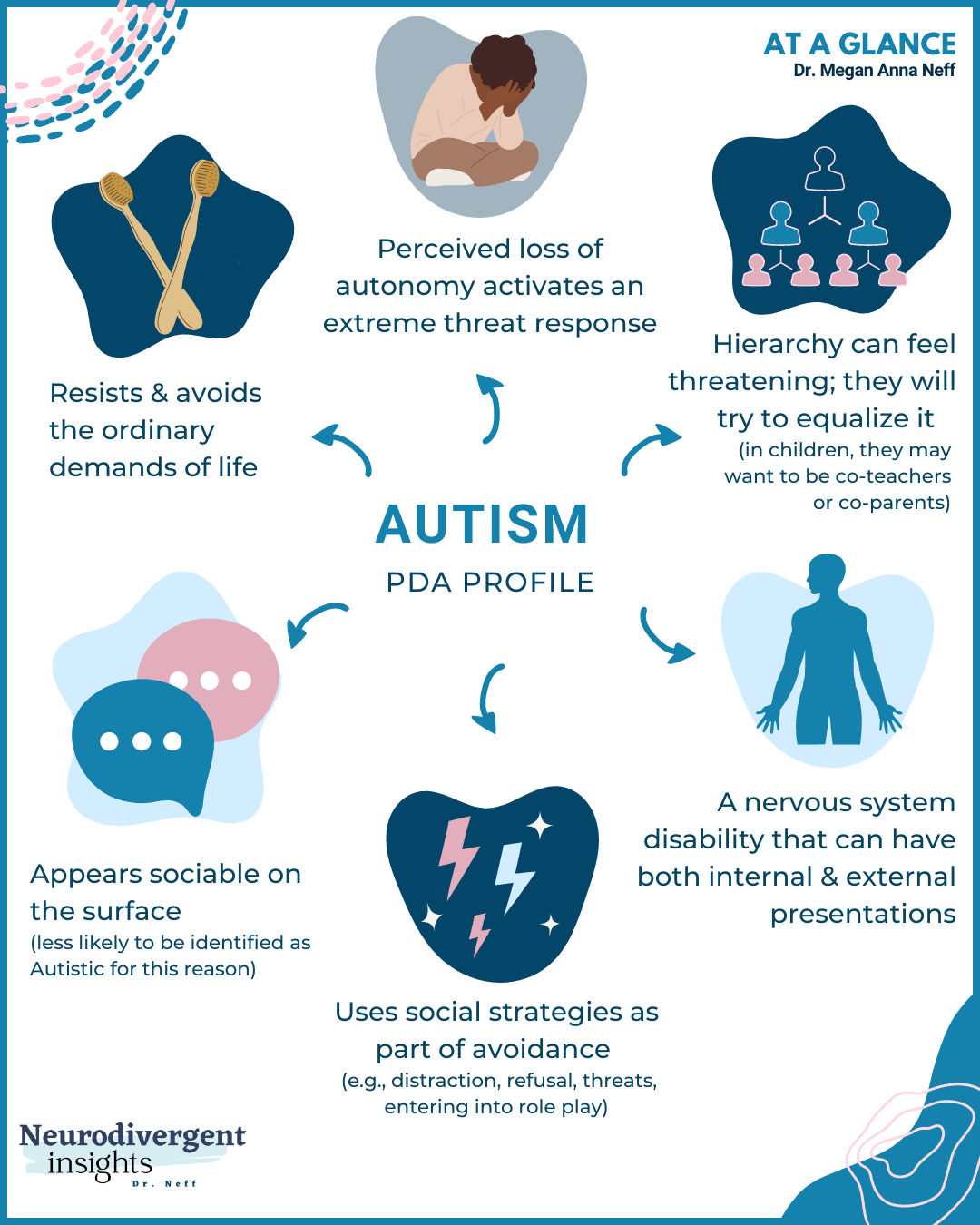Cutting-edge Therapies and Treatments: Breakthroughs in Autism Research
Cutting-edge Therapies and Treatments: Breakthroughs in Autism Research
Blog Article
Recognizing Autism: A Comprehensive Guide to Signs and indicators
Autism Range Problem (ASD) incorporates a large variety of qualities that can dramatically influence an individual's social communications and day-to-day performance. Recognizing these nuances not only help caretakers and educators in providing suitable assistance but also fosters a much more comprehensive environment for people with ASD.
Introduction of Autism Range Condition
Defining Autism Range Problem (ASD) entails identifying it as an intricate neurodevelopmental condition characterized by a series of obstacles in social communication, communication, and behavior patterns. The term "spectrum" reflects the large variability in symptoms and their intensity, which can differ significantly from one individual to another. ASD typically materializes in early youth, although some individuals may not receive a diagnosis till later in life.
Elements influencing the growth of ASD consist of genetic proneness and ecological elements, although the precise reasons continue to be under examination. Diagnosis usually counts on behavior analyses, as there are no clear-cut clinical tests for ASD. Early treatment is important and can significantly enhance results, concentrating on boosting communication skills, social interactions, and flexible actions.
People with ASD may also display distinct toughness, such as extraordinary interest to detail or particular areas of proficiency. Understanding the diverse nature of ASD is essential for cultivating a comprehensive atmosphere that accommodates neurodiversity. Continued study is crucial for creating efficient treatments and support group, enabling individuals with ASD to grow and accomplish their prospective within society.
Typical Signs of Autism
Acknowledging the common indications of Autism Spectrum Problem (ASD) is crucial for early recognition and intervention. These indications can differ commonly in seriousness and discussion, however certain characteristics are frequently observed in individuals with ASD.
One of the most widespread signs is a marked problem in keeping and establishing eye contact. People may likewise exhibit restricted interest in social communications and show a preference for solitary play.
Sensory sensitivities are additionally usual; people may overreact or underreact to sensory stimulations, such as textures, noises, or lights. autism. Language advancement can be atypical, with some children displaying delayed speech or utilizing language in unusual means, including echolalia-- duplicating phrases or sentences heard elsewhere
It is vital to note that not every individual with ASD will certainly present all these indications, and the degree of these habits can differ significantly. Early recognition enables for timely support and resources, boosting the lifestyle for those on the range.
Social Interaction Difficulties
Social communication challenges are a trademark of Autism Spectrum Disorder (ASD), influencing a person's capacity to involve efficiently with others. These difficulties can materialize in various ways, consisting of obstacles in initiating and preserving conversations, comprehending social hints, and reacting suitably in social interactions.
People with ASD may battle with nonverbal interaction, such as eye call, faces, and body movement. This can cause misunderstandings, as their communicative intent might not be properly interpreted by others. In addition, they might locate it hard to realize the nuances of tone and context, which are vital for efficient communication.
In team setups, individuals with ASD might really feel overloaded and may not recognize exactly how to join in discussions (autism). They might also display atypical conversational patterns, such as monologuing about details rate of interests without identifying social reciprocity
Moreover, these obstacles can result in social isolation or problems in developing partnerships, as peers may misunderstand their actions or interaction style. Understanding these social communication difficulties is vital for cultivating supportive atmospheres that promote social skills development and boost the quality of communications for individuals on the autism range.
Sensory Feedbacks and level of sensitivities
Many people with Autism Spectrum Problem (ASD) experience enhanced sensory level of sensitivities that can you can look here substantially affect their lives. These level of sensitivities may show up as over-responsiveness or under-responsiveness to sensory stimulations, including sounds, lights, structures, preferences, and scents. A person with ASD might find daily sounds, such as a vacuum cleaner or crowded atmospheres, extremely traumatic, leading to stress and anxiety or meltdowns. Alternatively, some might display an indifference to pain or extreme temperature levels, which can present safety and security concerns.
Sensory handling distinctions in individuals with ASD can likewise affect their capacity to take part in regular tasks and social communications. A child that is sensitive to touch may resist physical love or prevent certain apparel materials. Additionally, a choice for certain structures or tastes can limit nutritional alternatives and create difficulties during nourishments.
Recognizing these sensory level of sensitivities is crucial for identifying click for more the one-of-a-kind experiences of people with ASD. Understanding of their sensory profiles can cultivate far better interaction and support approaches, developing a setting that accommodates their needs and improves their high quality of life. Inevitably, recognizing sensory sensitivities is an essential part of comprehending the wider range of autism.

Sustaining People With Autism
Effective support for individuals with Autism Spectrum Problem (ASD) is vital for boosting their overall wellness and fostering self-reliance. Support approaches must be tailored to meet the unique demands of each person, considering their obstacles and toughness.

Social skills training can additionally play a crucial duty. autism. Engaging people in team activities or role-playing circumstances can improve their ability to navigate social interactions. In addition, it is important to educate household participants, caregivers, and peers about ASD to promote a inclusive and encouraging community
Conclusion
Finally, a detailed understanding of Autism Spectrum Problem is crucial for identifying its indicators and symptoms. Early identification of usual attributes, such as social interaction obstacles and sensory level of sensitivities, allows educators and caregivers to carry out reliable treatments. By promoting boosted communication and social abilities, people with autism can browse their settings more efficiently. Ultimately, increased recognition and assistance can considerably enhance the lifestyle for those impacted by ASD.
Autism Range Disorder (ASD) encompasses a wide range of qualities that can significantly influence an individual's social interactions and day-to-day performance.People with ASD might have a hard time with nonverbal communication, such as eye call, facial expressions, and body language.Many people with Autism Range Disorder (ASD) experience increased sensory level of sensitivities that can substantially influence their daily lives.Sensory processing differences in individuals with ASD can additionally influence their ability to involve in routine tasks and social interactions.Comprehending these sensory level of sensitivities is vital for acknowledging the one-of-a-kind experiences of people with ASD.
Report this page